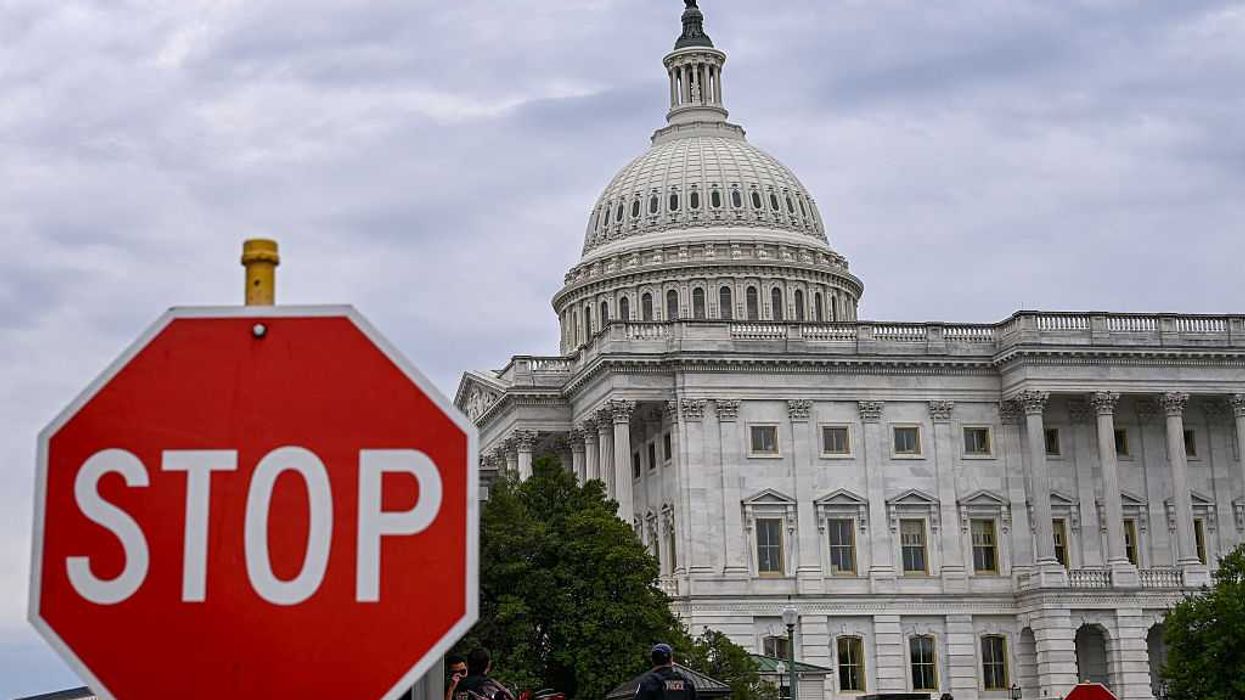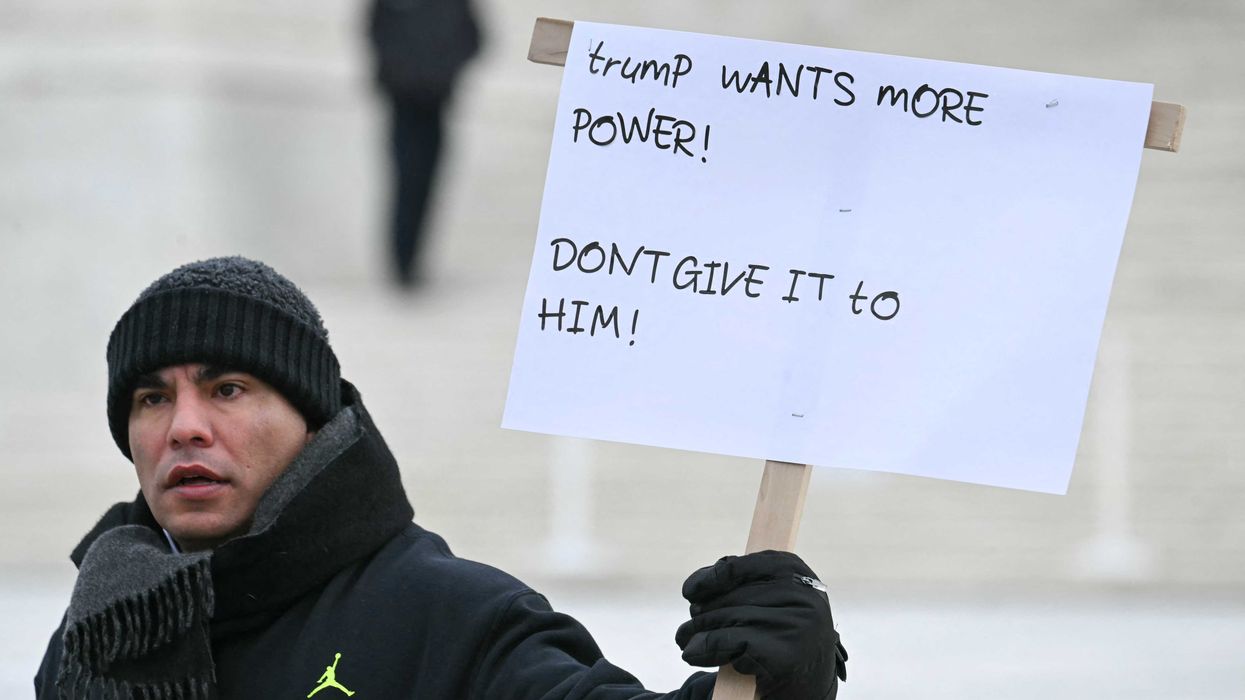Any time you zoom in on a particular subject for a project like Glenn’s new history podcast, interesting tidbits inevitably end up getting cut from the final version. You just can’t squeeze in everything. For example, the pilot episode of this potential new podcast series mentions the fact that President Woodrow Wilson nominated his friend, the progressive lawyer Louis Brandeis, to the Supreme Court. An intriguing aside to that nomination veered off the main narrative of the episode, so it had to be left out. But here’s the story…
An affair in Bermuda...

Woodrow Wilson carried on a years-long affair with a divorced woman named Mary Peck whom he met in 1907 while vacationing in Bermuda. Wilson was married with three daughters when he met Peck. The pair exchanged hundreds of letters over the years – letters, which they both kept. Wilson ended up feeling embarrassed and ashamed of the affair and was terrified of the American public finding out about it once he was in the White House.
In 1914, Wilson’s wife, Ellen, died of kidney disease, which left Wilson distraught until he met Edith Galt just seven months later. They were engaged four months after meeting. As Wilson’s 1916 presidential re-election campaign was about to get underway, Wilson was stressed about how the existence of his love letters to Mary Peck could implode his romance with Edith (not to mention his presidency).
Hush money, infidelity, presidential campaigns, oh my!

In September 1915, Wilson sent Mary Peck $7,500 (around $183,000 today), supposedly to assist her in a California business deal. Earlier that year he had also asked the editor of Ladies’ Home Journal to publish an article written by Peck (Wilson even had Peck’s handwritten draft typed up by his White House staff and he personally edited it).
After sending Peck the $7,500, Wilson drafted a statement to be released in case his love letters leaked out (or in case Peck sold them to a publisher—after all, she was having financial trouble). Wilson’s statement said in part:
These letters disclose a passage of folly and gross impertinence in my life. I am deeply ashamed and repentant.
Brandeis and Wilson's "quid pro quo"
So, what does Woodrow Wilson’s love life have to do with his progressive pal Louis Brandeis? Persistent rumors at the time held that after Ellen Wilson’s death, Mary Peck had threatened to go public with her romance with Woodrow—and that Louis Brandeis acted as Wilson’s go-between. Rumor was that Brandeis arranged the $7,500 payment to buy her silence.

Regardless of who actually got the money to Mary Peck, just a few months after the payment, Wilson shocked the establishment by nominating Brandeis to the U.S. Supreme Court. Brandeis was a controversial nominee, which led the Senate Judiciary Committee to hold a public hearing on his nomination for the first time in U.S. history (setting the precedent for the confirmation circuses of today). Yet Wilson stood by his man, and Brandeis was ultimately confirmed.
In 1928, four years after Woodrow Wilson died, Mary Peck finally decided to sell her Wilson love letters for $31,500 (around $448,000 today). And who did she sell them to? Ray Stannard Baker, the uber-progressive journalist who was working on a biography of Wilson.

Baker had an important cameo in the first episode of Glenn's history podcast pilot, but for the full story, you’ll have to check it out for yourself. Control Freaks: The ‘Scientific’ Roots of Progressive Tyranny is available now wherever you get your podcasts. Be sure to download and share the episode!

 ALEX WROBLEWSKI / Contributor | Getty Images
ALEX WROBLEWSKI / Contributor | Getty Images
 JIM WATSON / Contributor | Getty Images
JIM WATSON / Contributor | Getty Images Joe Raedle / Staff | Getty Images
Joe Raedle / Staff | Getty Images AASHISH KIPHAYET / Contributor | Getty Images
AASHISH KIPHAYET / Contributor | Getty Images